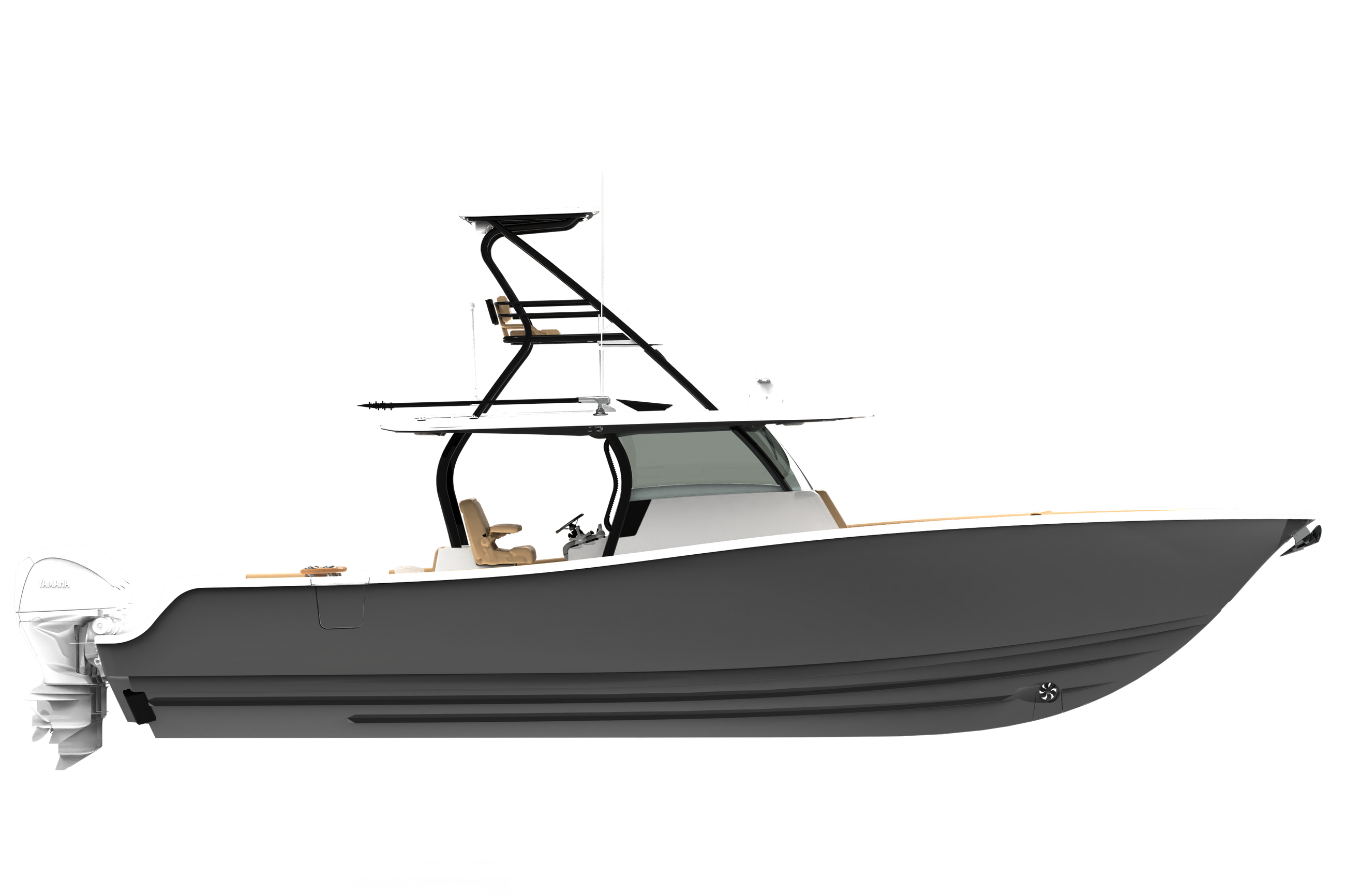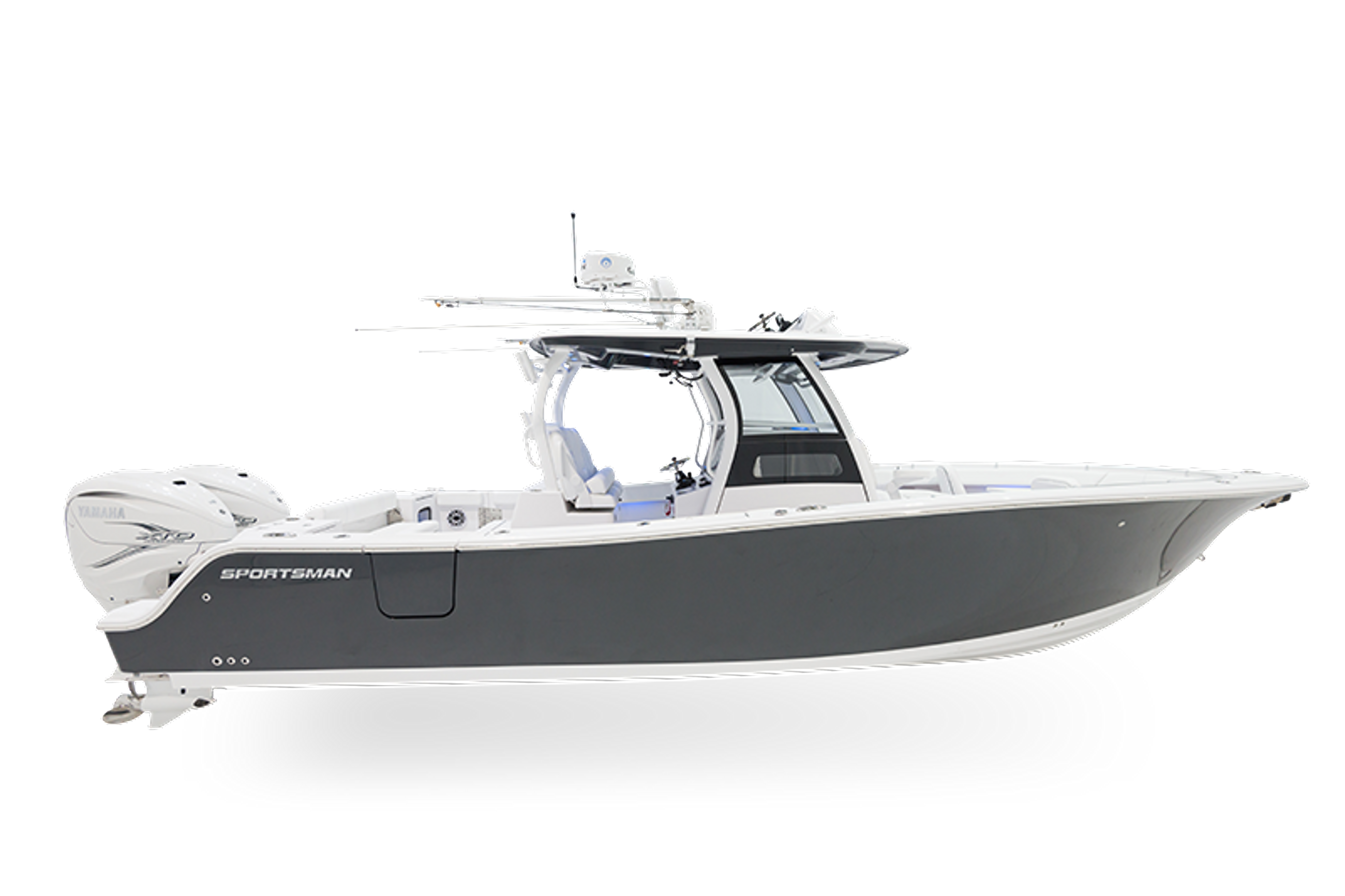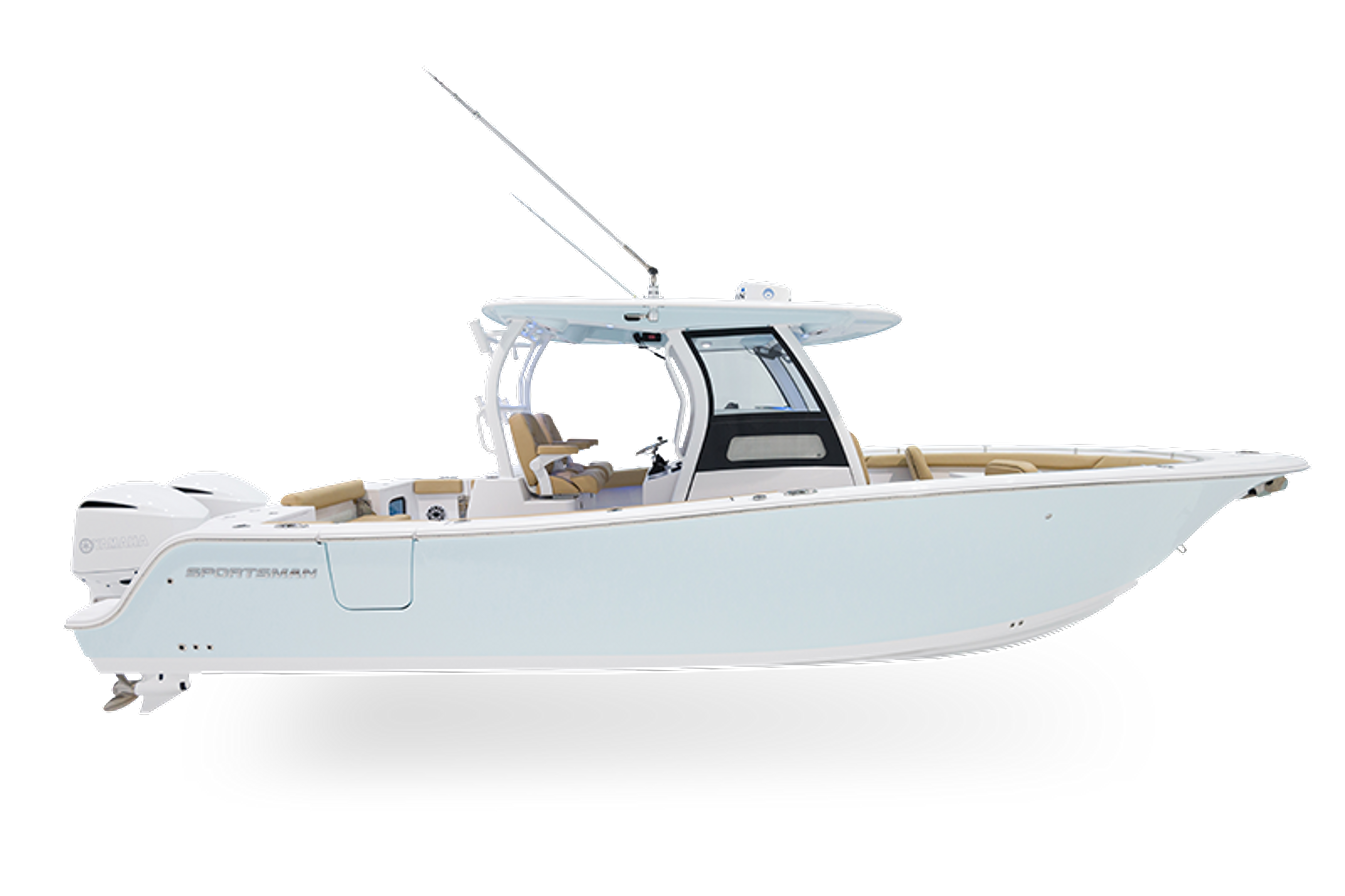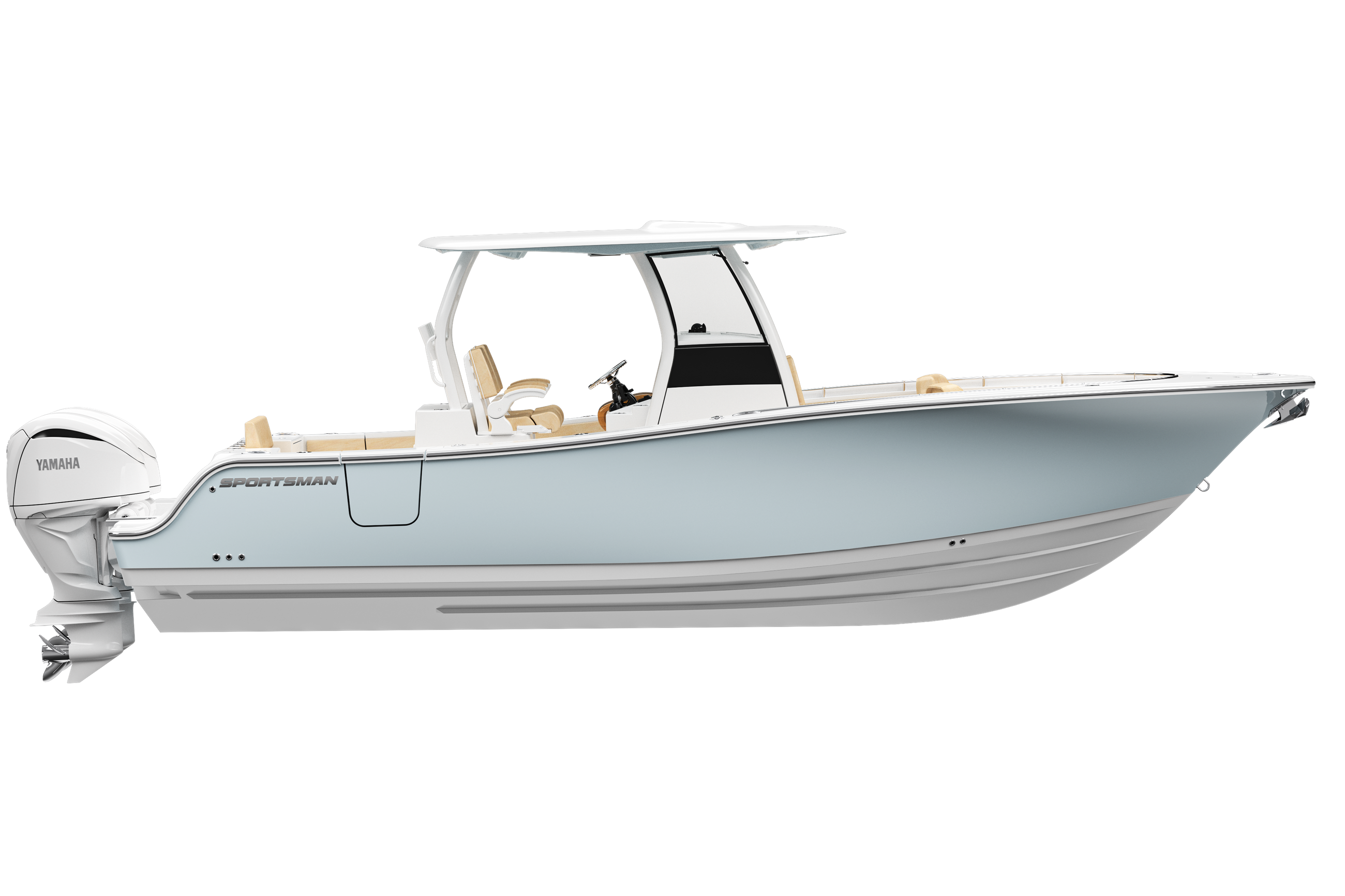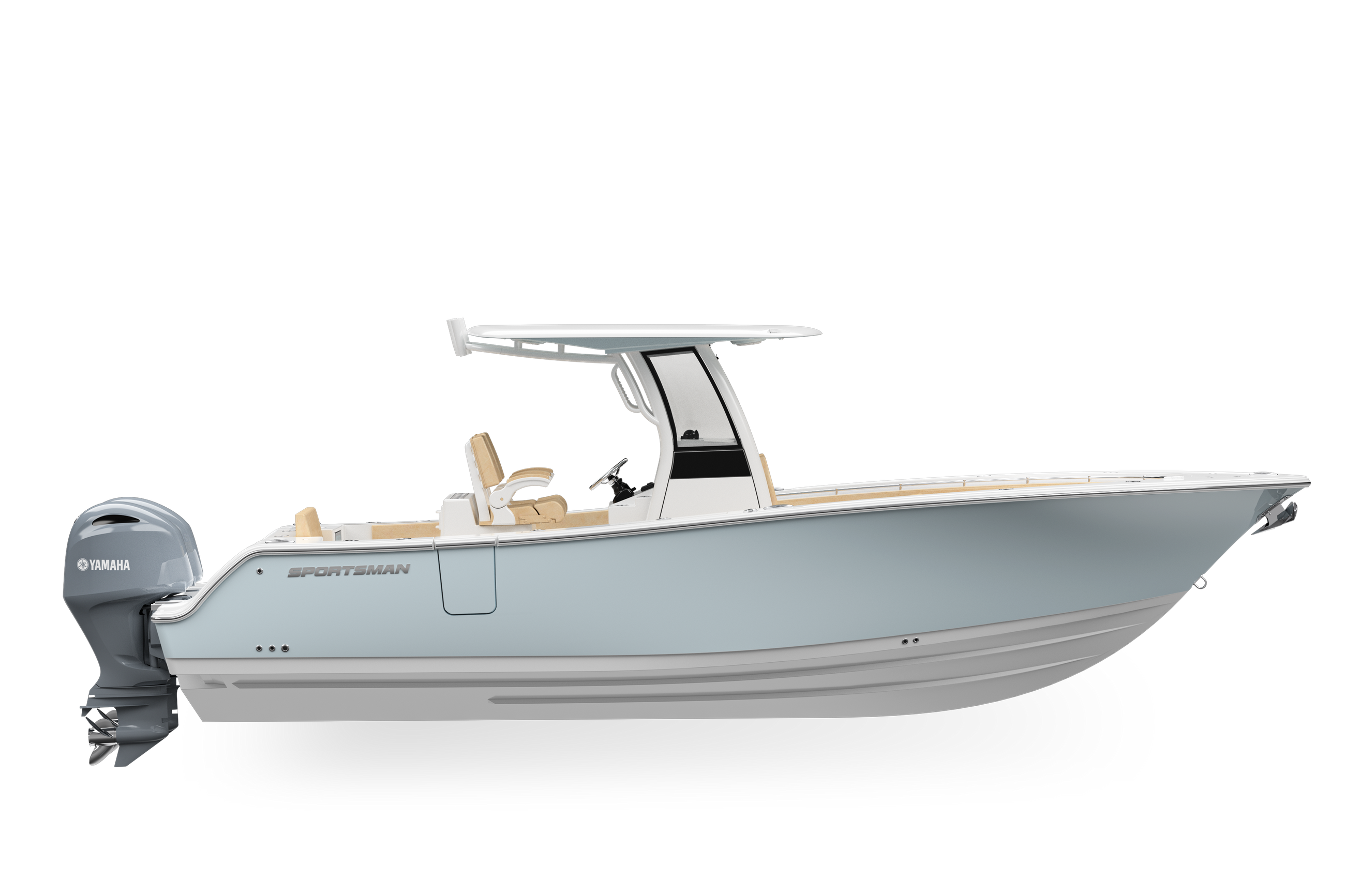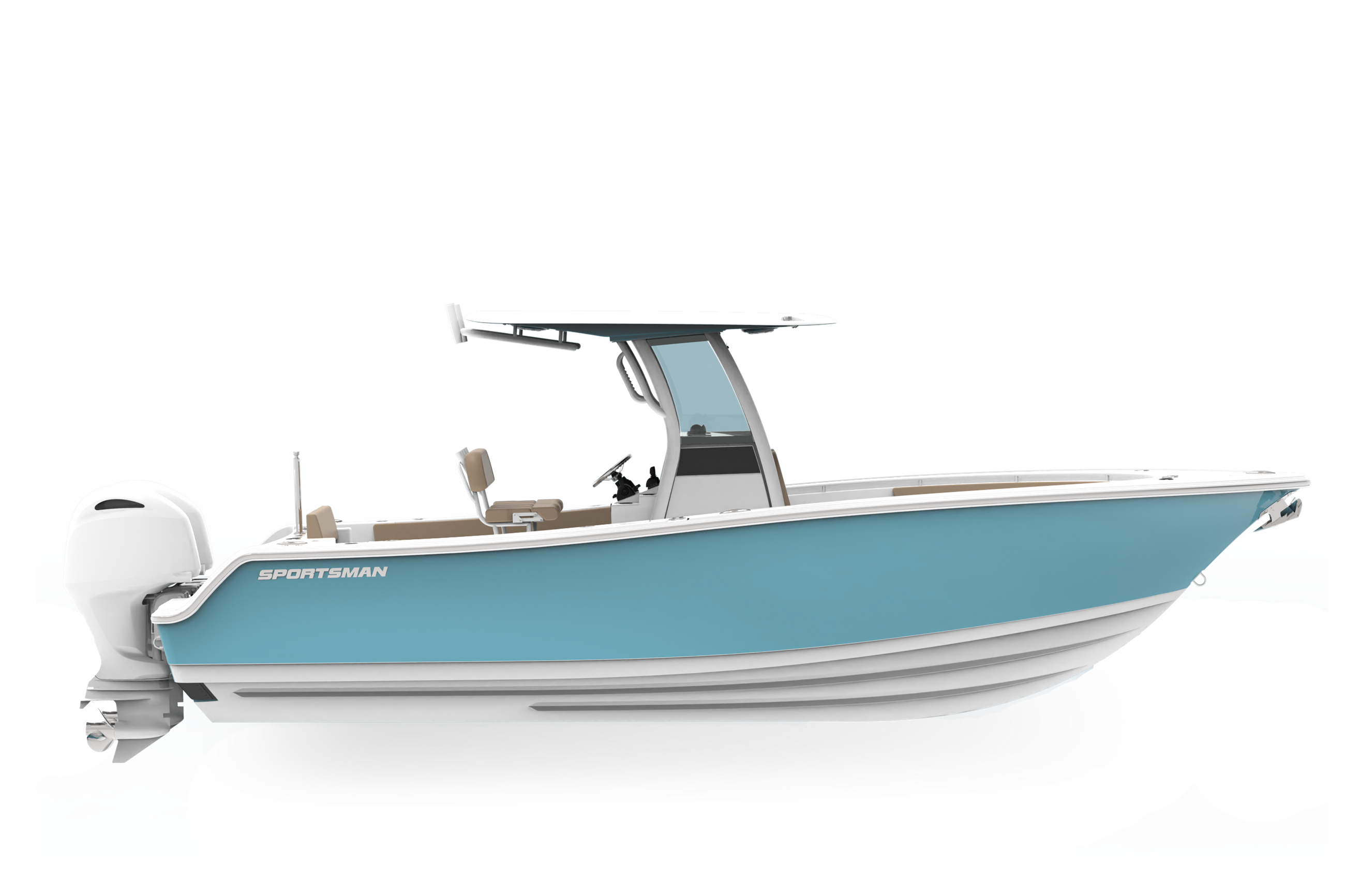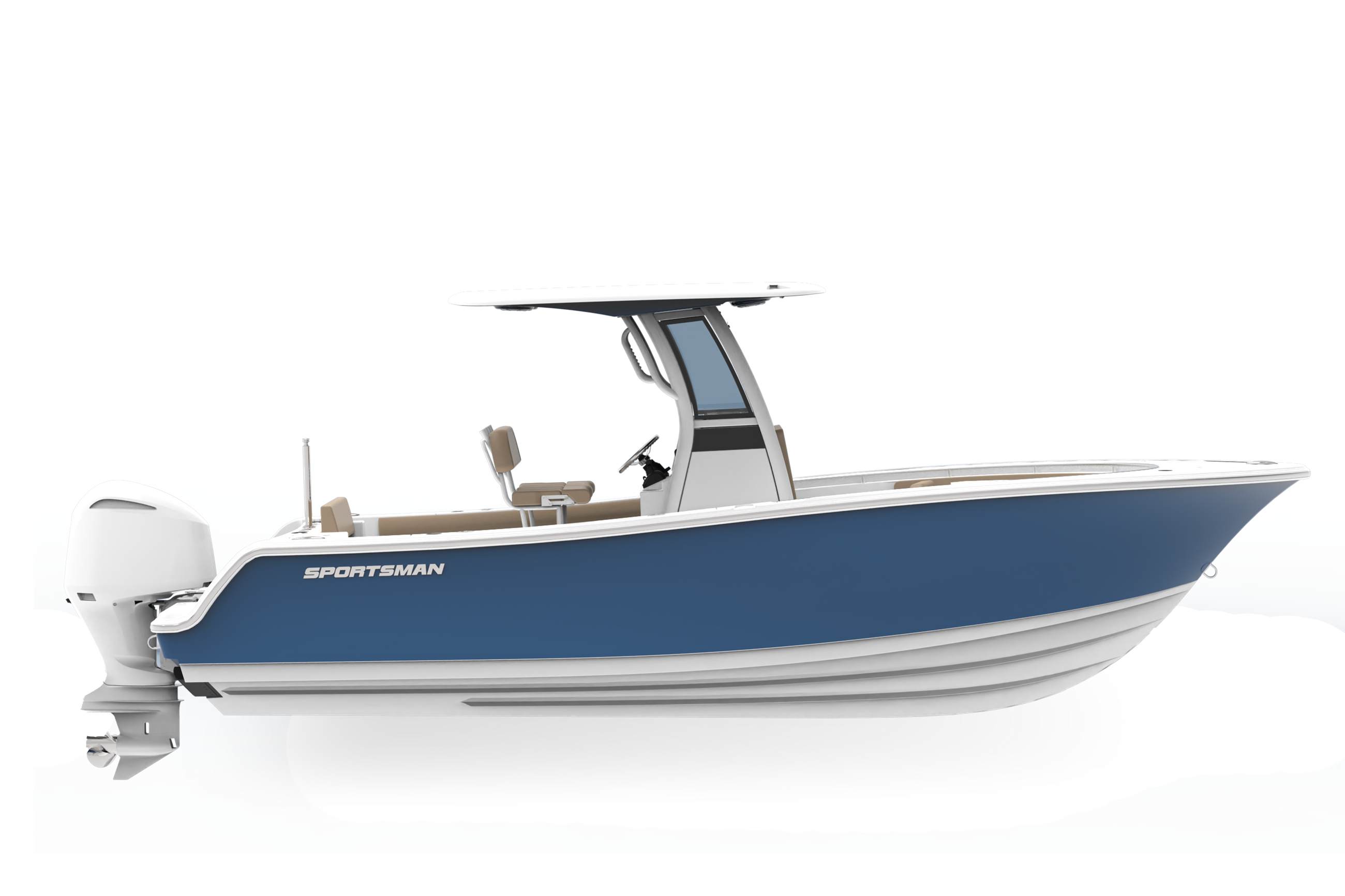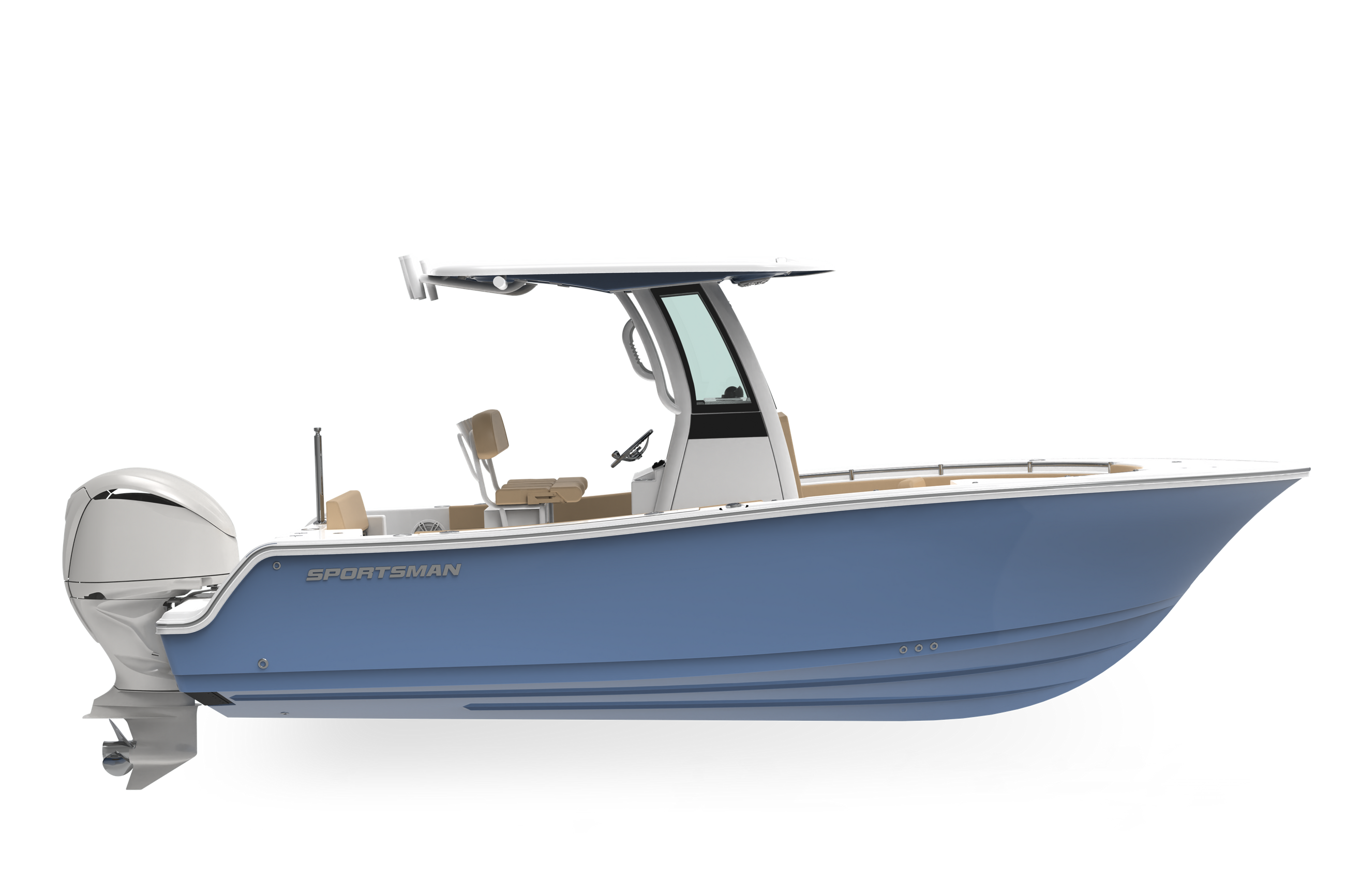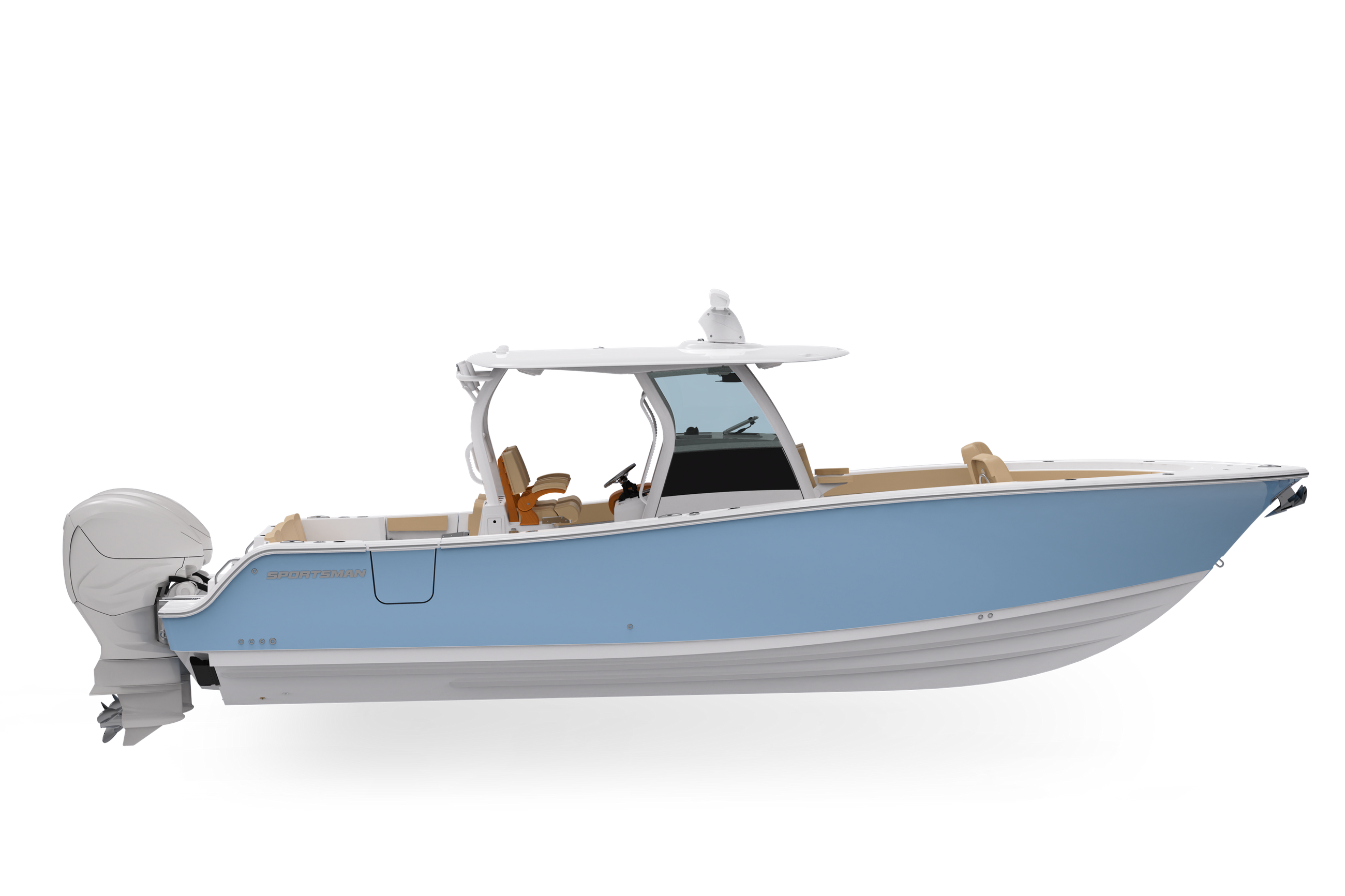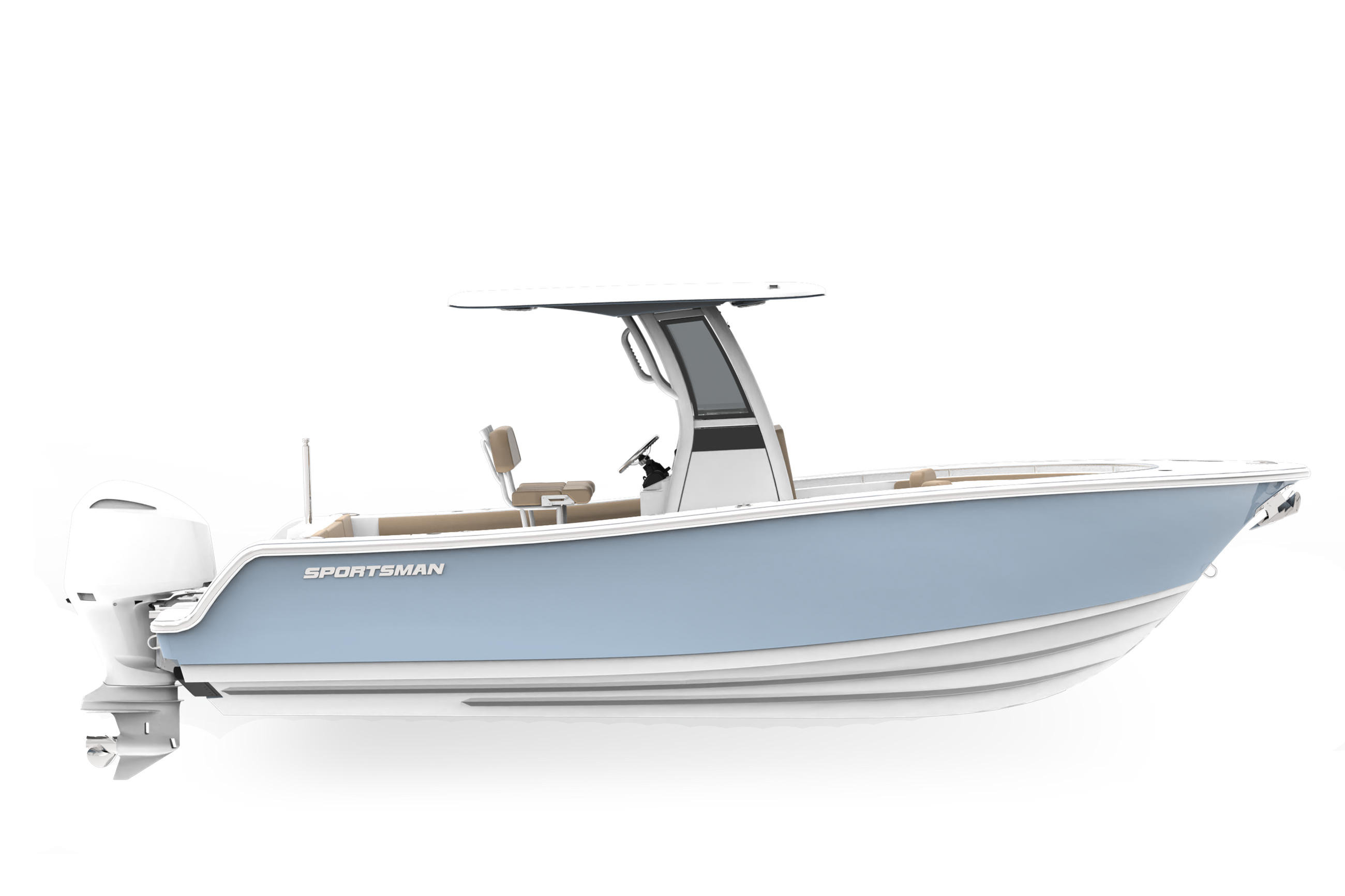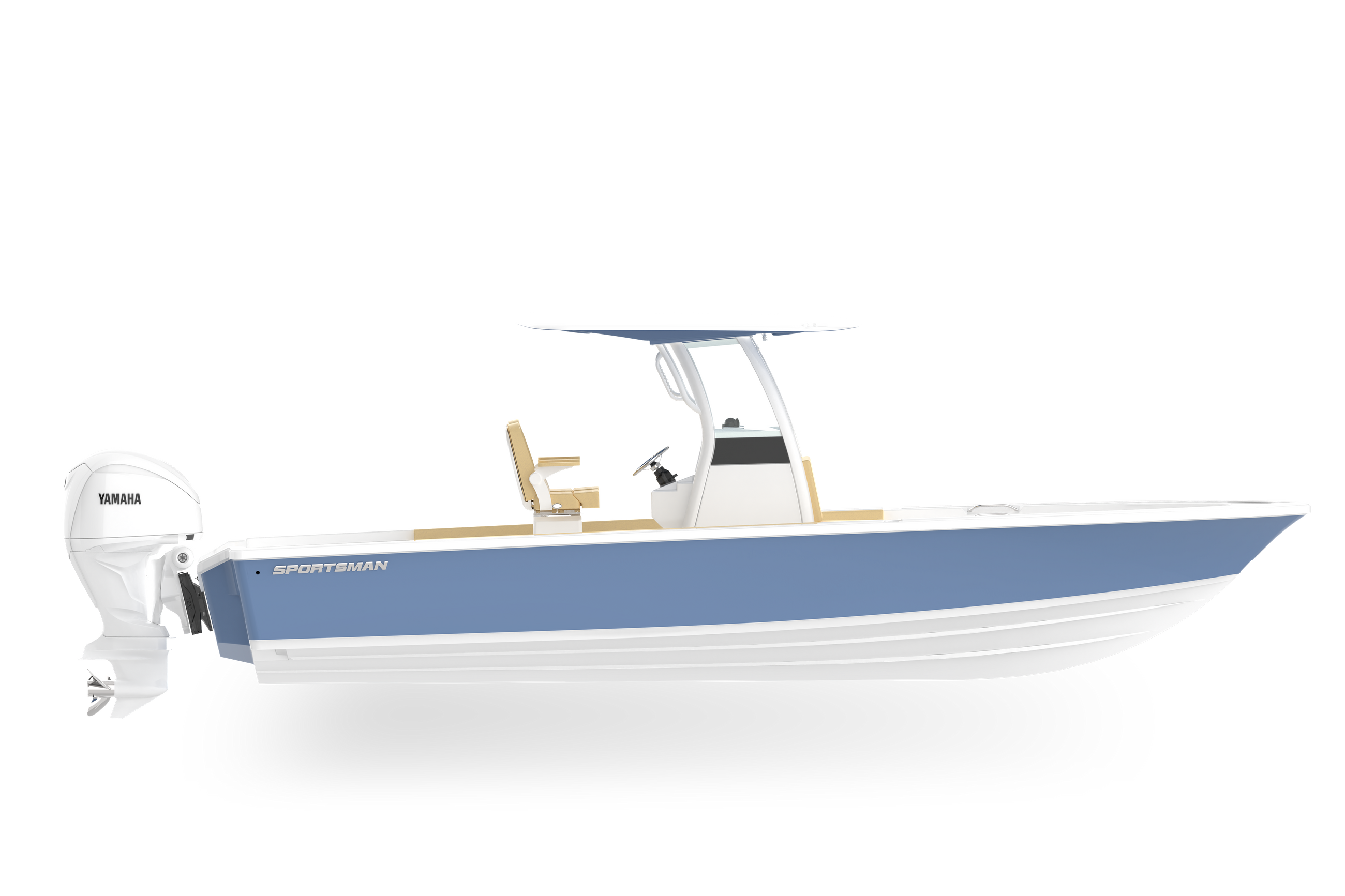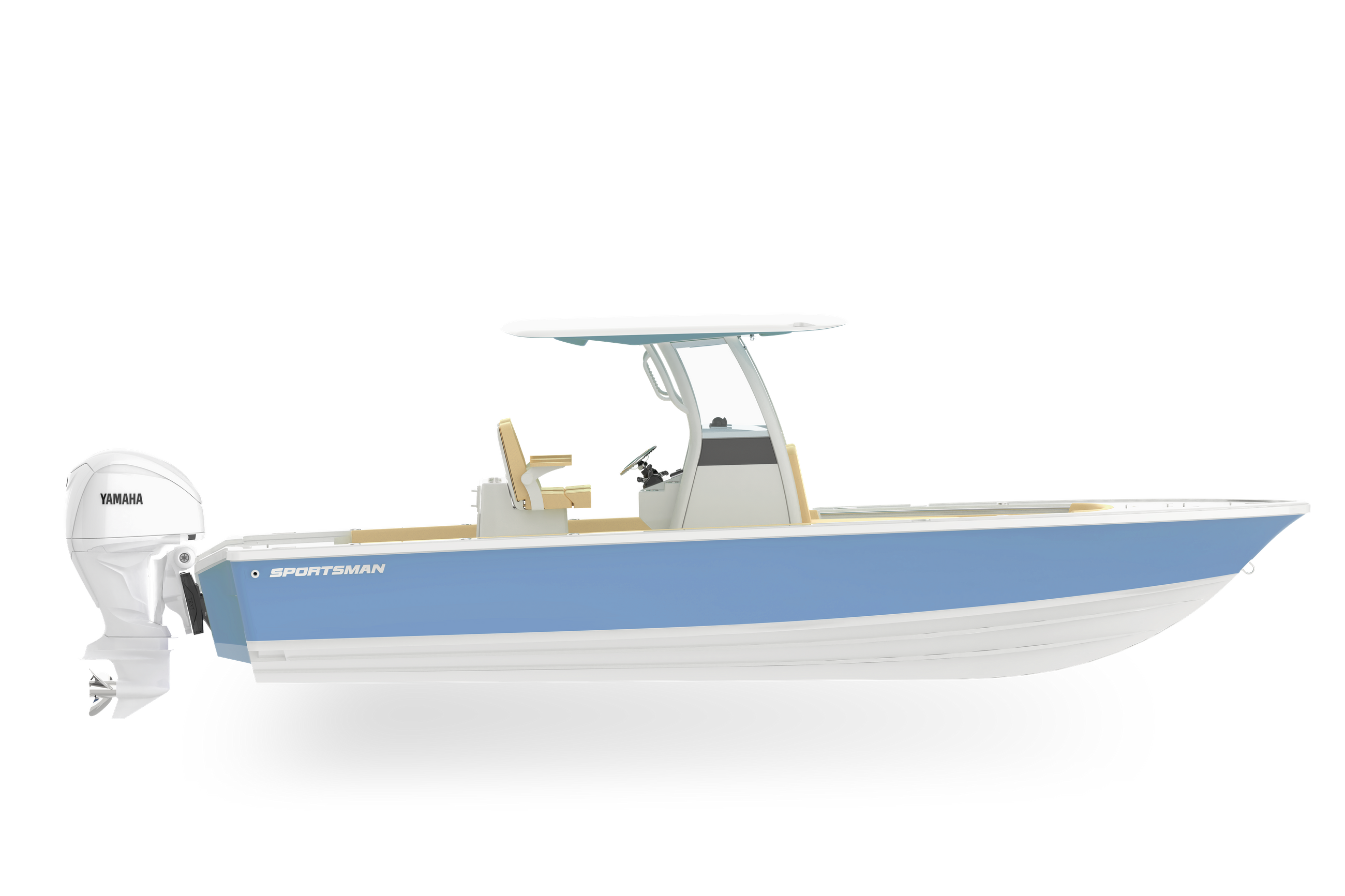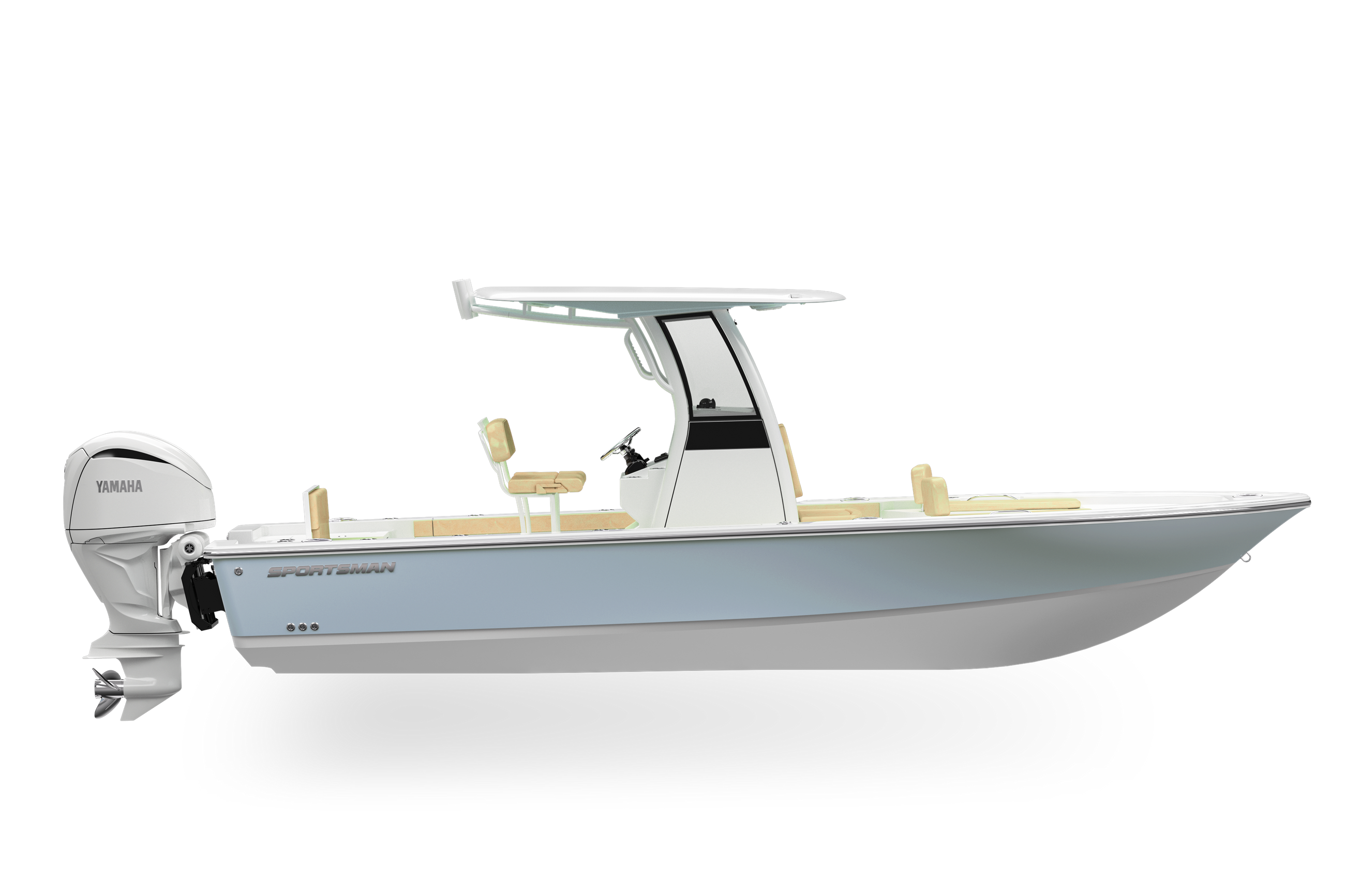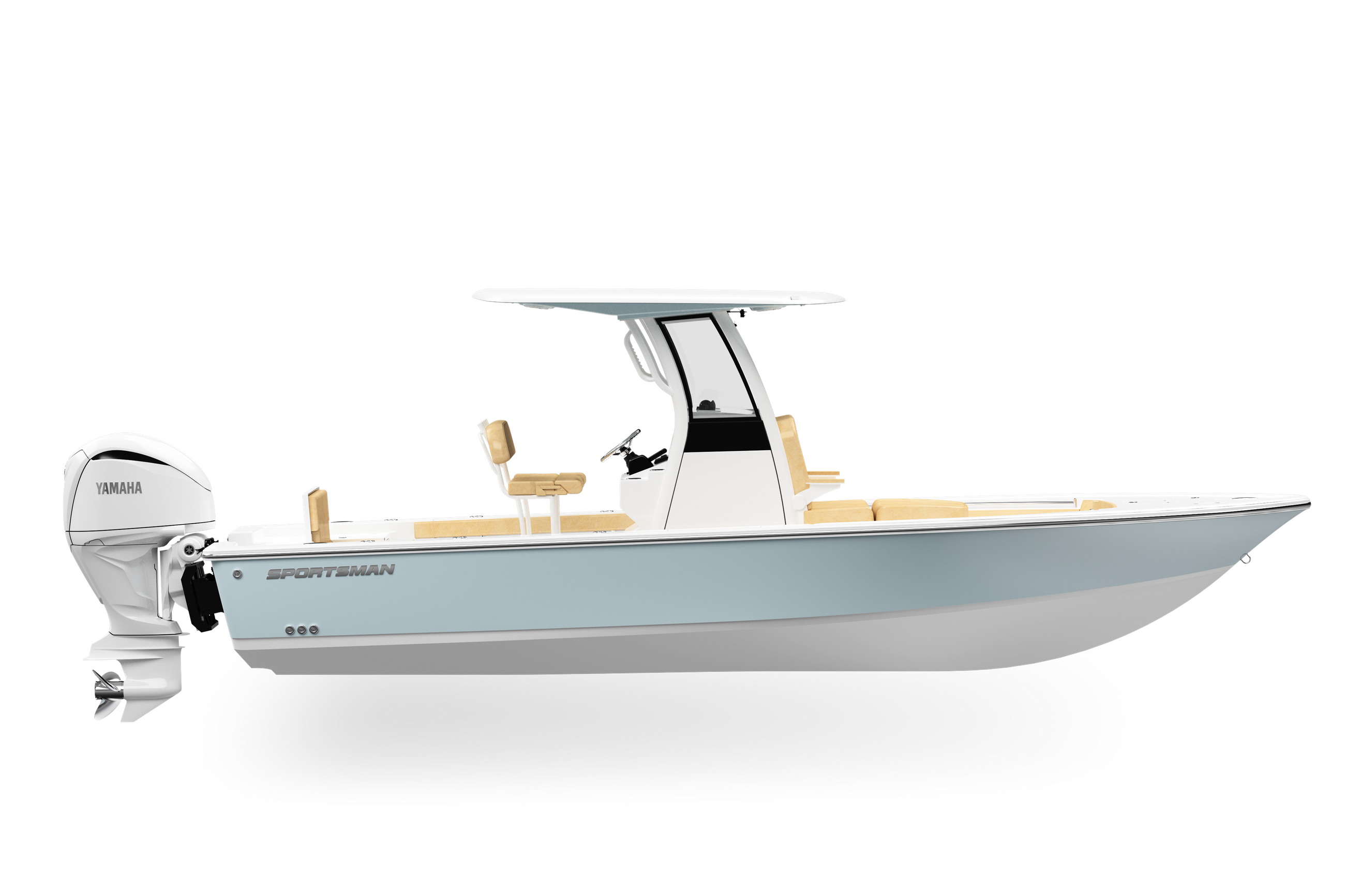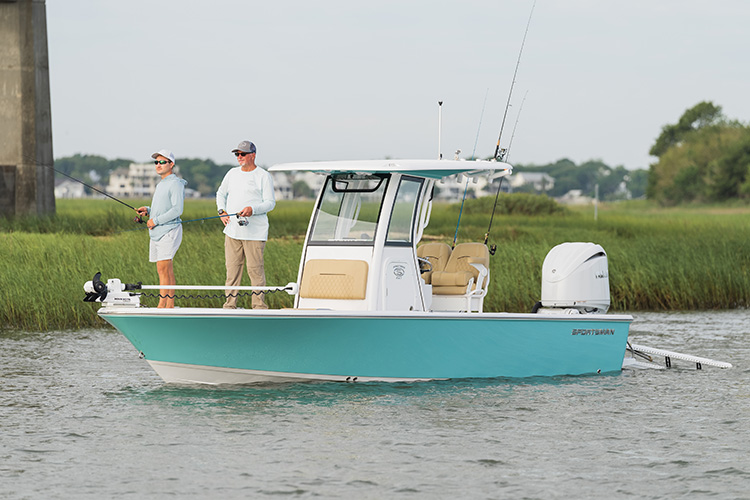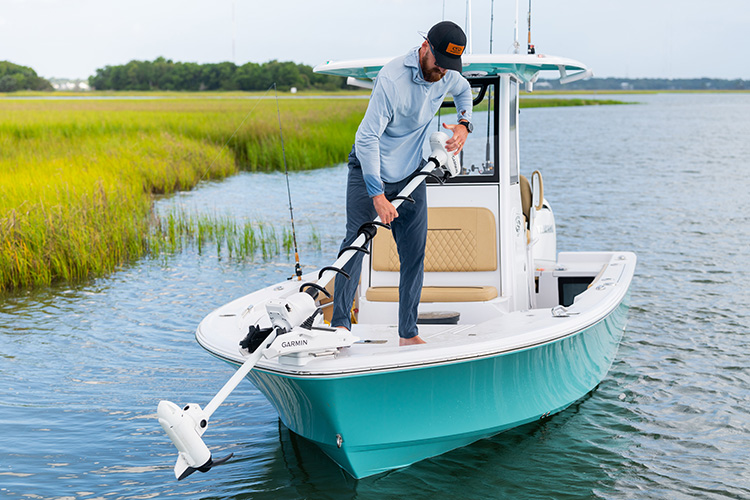Redfish are South Carolina’s most targeted inshore species. Learn why proper handling matters, how to do it right and why protecting this fishery hits close to home.
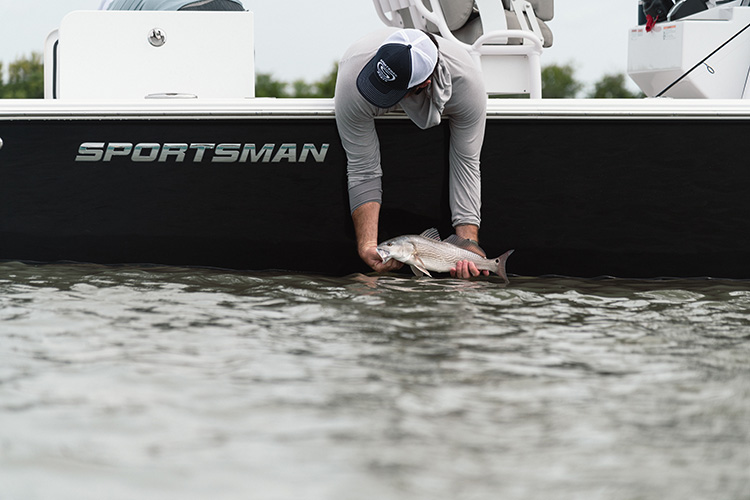

-
•Protect the slime coat by wetting your hands or using a rubber net before handling redfish.
-
•Keep them wet and minimize time out of the water, especially when taking photos.
-
•Handle the fish horizontally with two hands to prevent injuries and improve recovery.
If you’ve spent any time fishing in South Carolina’s coastal waters, chances are you’ve encountered a redfish. Also known as red drum, this iconic species is the most popularly targeted fish in the state — and for good reason. They fight hard, live in stunning environments and represent everything we love about Lowcountry angling.
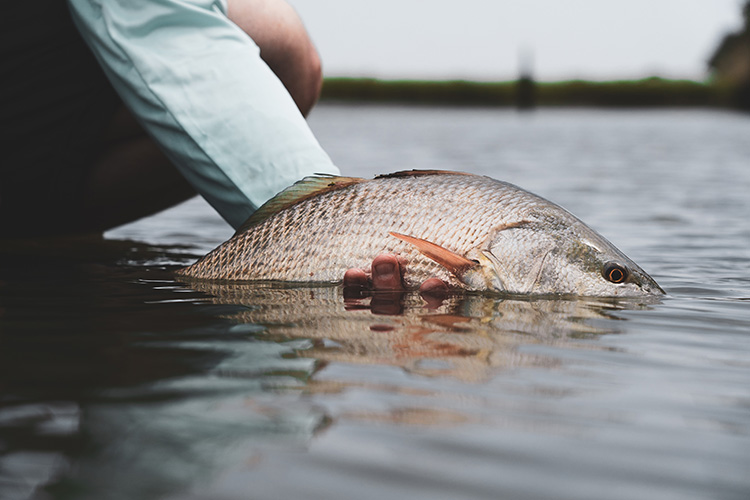
For me personally, redfish were the spark that pulled me from the mountains to the marsh. I grew up fly fishing in fast-moving streams, but the idea of stalking tailing reds in the spartina grass during a flood tide felt like something out of a dream. When I moved to the Charleston area, I made it a priority to experience this for myself. That first flood tide trip — fly rod in hand, watching golden tails break the surface just feet away — was unforgettable. It was everything I’d imagined and more.
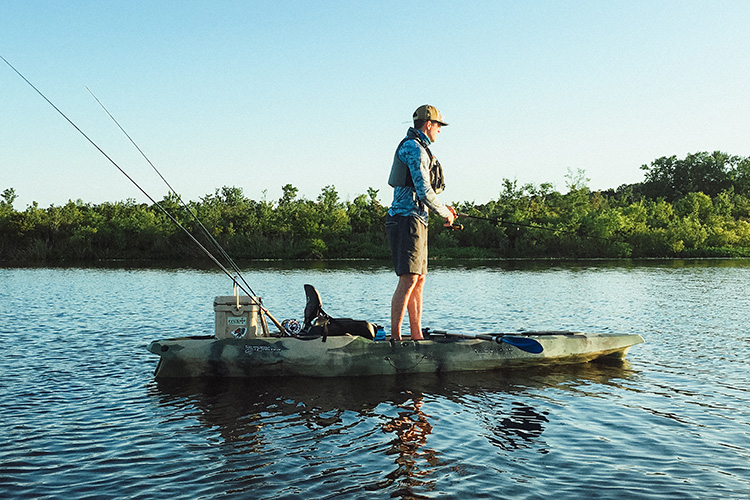
I started redfishing here in a kayak, chasing the tides and learning the how to fish the tides. Kayak fishing isn't for the faint of heart, it's a struggle and really difficult with a fly rod. I found myself kayaking to flats to fly fish and then spin fishing with shrimp and mud minnows for the best opportunities. Working for SportsmanI eventually got to begin spending countless days on the water aboard the Sportsman Masters 247 and Masters 227 — two platforms that feel purpose-built for this fishery. They gave me the range, stability and layout to chase reds across the Lowcountry.
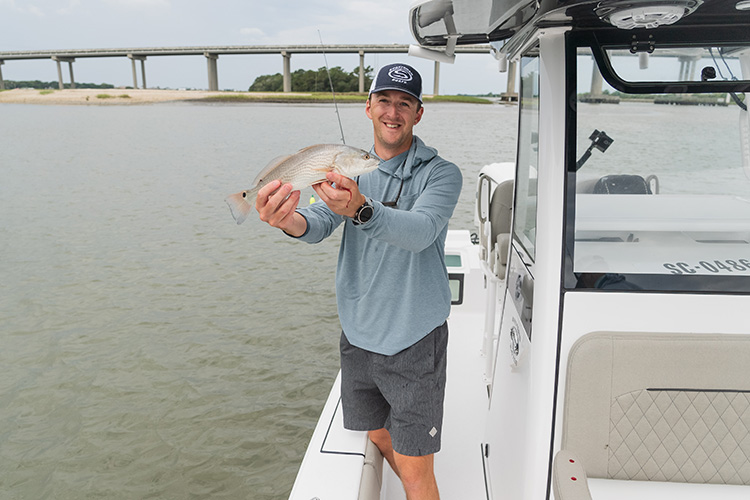
One of my favorite ways to redfish is alongside my good friend Austin Young, better known as @Ace_Outdoors_Charleston. Austin and I originally connected through our shared passion for outdoor photography and videography — particularly when it involves fish. Over the years, we’ve worked on countless creative projects, and as a local guide, he’s one of the best I’ve had the chance to fish with. I always look forward to the days he invites me on his skiff to pole a flat, swap stories and chase redfish the right way.
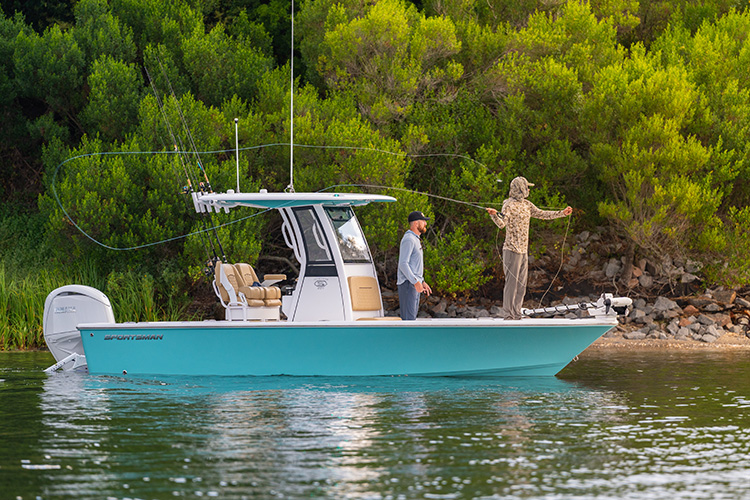
These days, much of our time on the water is spent offshore — running out in bigger boats, targeting pelagics and billfish. But there’s still something special about pulling out the inshore gear, tying on a fly or hooking up a shrimp on the spinning rod, and hunting redfish in skinny water. It’s part of the soul of fishing in the Lowcountry and something I’ll never get tired of.
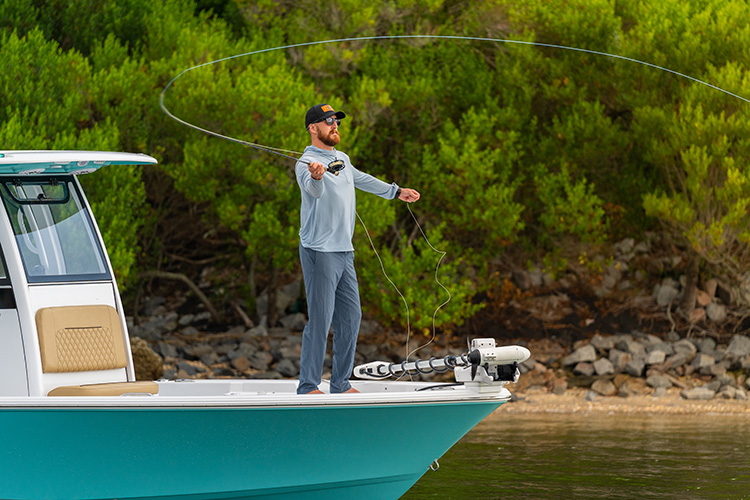
How You Can Help
South Carolina DNR recently shared three simple — but critical — rules every angler should follow when handling redfish, or any fish you plan to release:
• Protect the slime coat. Always use a rubber-coated net or wet your hands before handling a fish. That slick, shiny coating isn’t just gross — it’s essential. It protects the fish from disease and helps it swim efficiently.
• Keep them wet. Minimize time out of the water. Set up your camera or phone before you lift the fish, snap a quick pic, then gently return it. Every second matters.
• Support horizontally. Never hold a fish vertically by the jaw or gill plate. Always cradle the body with two hands — one near the head, the other under the belly or tail. This avoids internal injuries and gives the fish a better chance at recovery.
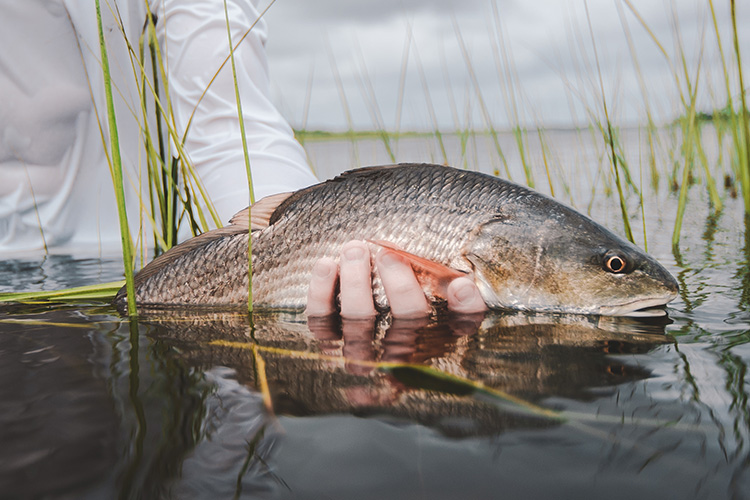
A Shared Responsibility
Redfish are resilient, but they’re under pressure. As anglers, we have a responsibility to fish with care and pass along good habits. Catch-and-release practices, done right, make a difference — not just for the fish we let go, but for the next generation of anglers who’ll chase them.
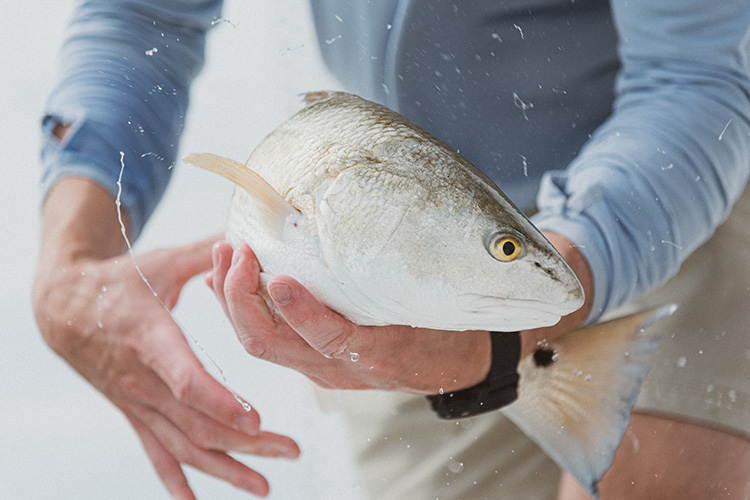
At Sportsman, we’re proud to build boats that connect people to moments like these. Whether you're poling a skiff or standing on the bow of a Masters, the redfish experience is something worth protecting.
Because a strong redfish fishery doesn’t just happen — it’s protected by all of us, one catch at a time.
Related Posts

This Tide To Table adventure follows a classic Lowcountry morning chasing redfish with Captain Jim Isaac then bringing the catch back to coo...
Read More